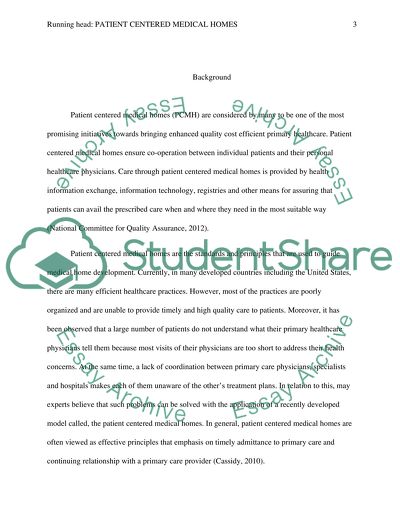Cite this document
(“Patient-Centered Medical Homes Essay Example | Topics and Well Written Essays - 3250 words”, n.d.)
Retrieved from https://studentshare.org/health-sciences-medicine/1403405-patient-centered-medical-homes
Retrieved from https://studentshare.org/health-sciences-medicine/1403405-patient-centered-medical-homes
(Patient-Centered Medical Homes Essay Example | Topics and Well Written Essays - 3250 Words)
https://studentshare.org/health-sciences-medicine/1403405-patient-centered-medical-homes.
https://studentshare.org/health-sciences-medicine/1403405-patient-centered-medical-homes.
“Patient-Centered Medical Homes Essay Example | Topics and Well Written Essays - 3250 Words”, n.d. https://studentshare.org/health-sciences-medicine/1403405-patient-centered-medical-homes.


